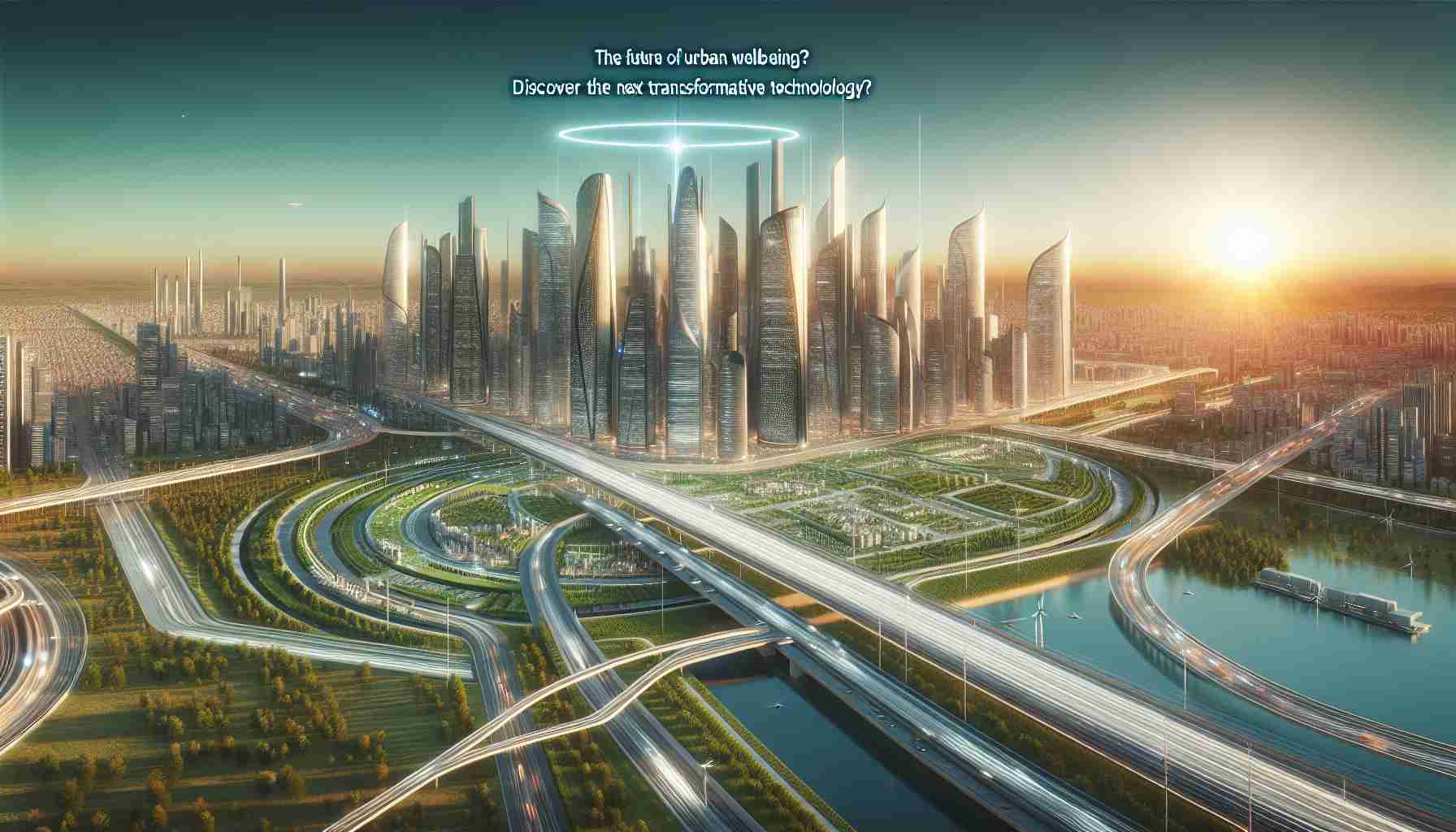- The Palacio de Liria hosts Joana Vasconcelos’ Flamboyant installation, merging Baroque elegance with modern art.
- Vasconcelos’ work introduces vibrant, contemporary sculptures into historical spaces, sparking dialogue between eras.
- The installation challenges the compatibility of modern extravagance with the palace’s classical aesthetics.
- The artwork explores themes of societal norms, gender roles, and consumer culture through provocative, bold designs.
- The exhibition raises critical questions about the role of museums as either preservers of tradition or dynamic venues for art evolution.
- Vasconcelos’ work encourages viewers to contemplate the dynamic, non-static nature of art.
Stepping inside the historic Palacio de Liria, where opulent Baroque elegance and modern audacity clash, feels like being thrust into an unexpected metamorphosis. The grand halls, once whispering with the ghosts of classical art, now loudly resonate with the thunderous presence of Joana Vasconcelos’ Flamboyant installation.
Here, contemporary art forcefully occupies venerable spaces, akin to an armored knight dropped into a delicate porcelain collection. This audacious juxtaposition exposes a source of tension — can the neon-hued extravagance of Vasconcelos genuinely converse with the stately pastels of the palace’s storied walls?
Entwined yarn sculptures hang defiantly, challenging the solemnity of this historic house. Are they a triumph of innovation or an intrusion into a space not intended for such bravado? The artists’ bold attempt to merge the heritage of refined aesthetics with modern-day provocations invites viewers into a whirlwind of contradictions.
Vasconcelos’ art defies traditional boundaries, sparking debate on the very essence of modern artistry. Her works are described as provocations — she yanks at the threads of society, gender, and consumer culture with an ironic needle, weaving a tapestry that resists straightforward interpretation.
But beneath the artistic turbulence lies a critical question: Are museums mere resting places for art’s timeless classics, or are they vibrant arenas where the past and present clash? The walls of the Palacio de Liria echo with this discourse, urging visitors to ponder whether harmony is possible in such a cacophonous union.
In this spectacle of clashing eras and ideas, Vasconcelos insists on change. Her bold creations pull viewers into an unavoidable conversation — a reminder that art is not static but a living, transforming force.
Discovering the Creative Dance: How Modern Art Invades Classic Spaces
Exploring Joana Vasconcelos and Her Impact on Art Spaces
Joana Vasconcelos’ installation, “Flamboyant,” at the Palacio de Liria, serves as a case study in the interaction between contemporary art and historic venues. Visitors to such exhibitions often ask: How can one make sense of modern installations in traditional settings, and what are the broader implications?
How-To Steps & Life Hacks: Appreciating Modern Art in Historic Settings
1. Contextual Understanding: Before visiting, research both the contemporary artist and the historical venue to appreciate the dialogue they’re engaged in.
2. Reflective Viewing: Allow yourself time to physically and emotionally absorb the contrasting styles; reflect on how one enhances or challenges the other.
3. Interactive Experience: Engage with the artwork through provided tours or digital guides, which can offer in-depth perspectives on the artist’s intentions.
4. Participate in Discussions: Many installations encourage debates or forums, which can provide richer insights into the art’s impact.
Real-World Use Cases
Joana Vasconcelos’ installations are celebrated for their transformative impact on spaces, inviting broader audiences. Famous examples include:
– Serpentine Pavilion, London: Her 2012 installation brought vibrant discussion to the venue, promoting cultural exchanges.
– Guggenheim Bilbao: Featured her works, demonstrating how contemporary pieces can attract diverse visitorship and stimulate local economies.
Market Forecasts & Industry Trends
The blending of contemporary art in classical venues is a growing trend, driven by:
1. Increased Global Tourism: Larger audiences are eager for unique cultural experiences.
2. Cultural Curiosity: There’s a rising interest in juxtaposed art forms that challenge traditional narratives.
3. Arts Sector Growth: The global art market, worth over $65 billion annually, shows a significant portion directed towards contemporary installations in historic settings.
Reviews & Comparisons
Experts often debate the effectiveness of such combinations, with contrasting views:
– Positive: Many see this as a necessary evolution of art spaces, increasing engagement and discourse (Source: The Art Newspaper).
– Negative: Critics argue that some installations overshadow historic aesthetics, diluting the venue’s classical charm.
Controversies & Limitations
– Space Compatibility: How modern art fits architecturally within historic contexts can lead to contention.
– Cultural Preservation: Concerns arise over whether contemporary installations respect the integrity of historical venues.
Security & Sustainability
Balancing art preservation with security is crucial:
– Security Protocols: Rigorous measures are needed to protect both the installation and the venue.
– Sustainability Practices: Installation materials and methods increasingly align with green practices to ensure environmental considerations are met.
Pros & Cons Overview
Pros:
– Broadens audience reach and engagement.
– Stimulates intellectual and emotional discourse.
– Enhances visibility for both historical and contemporary art.
Cons:
– Risk of overshadowing or damaging historic sites.
– Potential for public dissent on aesthetic clashes.
Actionable Recommendations
– Visit Multiple Exhibitions: Compare different venues and installations to appreciate diverse approaches.
– Engage with Art Guides or Apps: Utilize available resources to deepen your understanding.
– Participate in Art Forums: Share and debate your insights for a richer experience.
For further exploration into the world of art, check out Artsy and Christie’s.
Joana Vasconcelos’ ventures at the Palacio de Liria challenge us to rethink the static nature of art, inviting us into a world where tradition and modernity eloquently converge.



